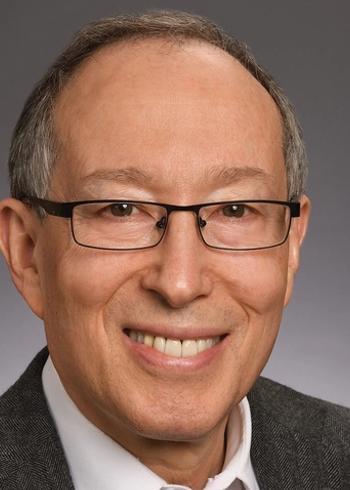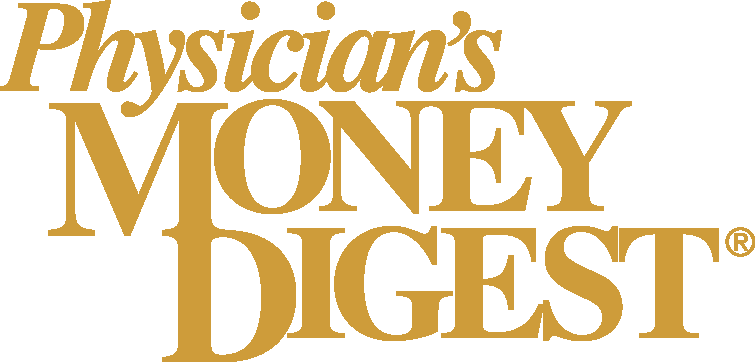
How to build a financial plan that works for physicians, not just their advisers
Key Takeaways
- Physicians require financial plans that reflect their unique career timelines, high income, and complex financial responsibilities.
- Effective planning involves clarity, flexible tax structures, strategic asset location, and liquidity to manage irregular cash flow.
Discover essential financial planning strategies tailored for physicians, focusing on tax efficiency, liquidity, and aligning goals for lasting wealth management.
Physicians are among the highest-earning professionals in the country, but they are also among the most delayed in
Their careers are marked by high income but compressed timelines. They are responsible for complex decisions, irregular cash flow and families who rely on them. Many enter
A plan that works for physicians must start with how they actually live and build from there.
To build a financial plan that actually works for physicians, there are six key elements that must be present. Each of them addresses a structural need that reflects how physicians earn, think and live.
Clarity over complexity
Physicians are highly intelligent, but that does not mean they have time to become financial experts. In fact, their cognitive load is often maxed out. Long shifts, high-stakes work and personal obligations leave little room for decoding financial jargon or reconciling scattered accounts.
What they need is not oversimplification but coherence. A plan should make it clear what they own, why they own it and how it serves their goals.
Many physicians enter planning with accounts accumulated over time, such as workplace retirement plans, IRAs, brokerage accounts and insurance contracts, often with no overarching design. A strong plan organizes these moving parts into a structure that makes sense, connects to their priorities and gives them the confidence to act.
Flexible tax structure
Tax deferral is often a default, especially
In retirement, these accounts are taxed at ordinary income rates. Add in Social Security, pensions and required distributions, and many physicians find themselves in the same or even higher brackets than when they were practicing. What seemed like a smart savings decision becomes a limitation.
A more strategic plan balances pretax, Roth and taxable accounts. This creates optionality, allowing for flexible income sourcing, better tax bracket management and smoother adaptation to future policy changes.
Asset location
Physicians often focus on what to invest in. Less attention is paid to where those investments live. But placement matters.
Tax-inefficient assets like bonds or actively managed funds can generate avoidable annual tax bills if held in taxable accounts. The same investments placed in IRAs or Roth accounts can perform better simply by reducing drag.
This concept, known as asset location, helps protect returns without altering the risk profile of the portfolio. Physicians who apply it often improve after-tax outcomes with no additional complexity. It is one of the rare financial levers that creates value through design, not sacrifice.
Liquidity planning
Liquidity is particularly important for physicians in private practice or those whose income arrives unevenly. Deferred bonuses, quarterly distributions and lumpy reimbursements make steady cash flow harder to manage.
Even those in employed positions may face significant expenses such as supporting aging parents, paying estimated taxes or navigating a career transition. If assets are locked in retirement accounts or tied up in real
A thoughtful liquidity strategy provides accessible capital without disrupting long-term goals. It allows physicians to act when opportunity or challenge presents itself. Liquidity is not just about emergencies. It is about control.
Goal alignment
Traditional financial planning assumes a clean path: accumulate,
Some want to slow down before age 60. Others want to teach, write or shift into consulting. Many do not want to stop working entirely. They want more freedom in how they work. For others, goals revolve around supporting children, launching a business or simply buying back time.
When financial planning is centered on these lived goals, it becomes more than a numbers exercise. It becomes a support system for what matters. Aligning a plan to values makes it easier to stick with and more likely to produce meaningful outcomes.
Planning is not a product
Physicians are used to systems, not one-time checklists. Financial planning should be no different.
A binder full of projections is not a plan. Life shifts. Tax laws change. Goals evolve. Planning must be continuous. It should create a rhythm of review, reassessment and refinement.
Physicians who engage in planning as an ongoing process gain clarity, reduce decision fatigue and respond to life with greater intention. The value is not just in the outcomes. It is in the confidence that decisions are grounded in strategy.
Conclusion
Physicians deserve more than a financial script designed for someone else. They deserve a structure built around how they actually live and what they genuinely want.
When planning is done right, it brings order to complexity, protects what matters and creates space to imagine something better. It is not just about how much a physician earns. It is about what that income allows them to build, support and reclaim.
That is what financial planning should be: not a product, but a system designed to serve the people who serve others.
Johnny Medina is Managing Partner at
Newsletter
Stay informed and empowered with Medical Economics enewsletter, delivering expert insights, financial strategies, practice management tips and technology trends — tailored for today’s physicians.














